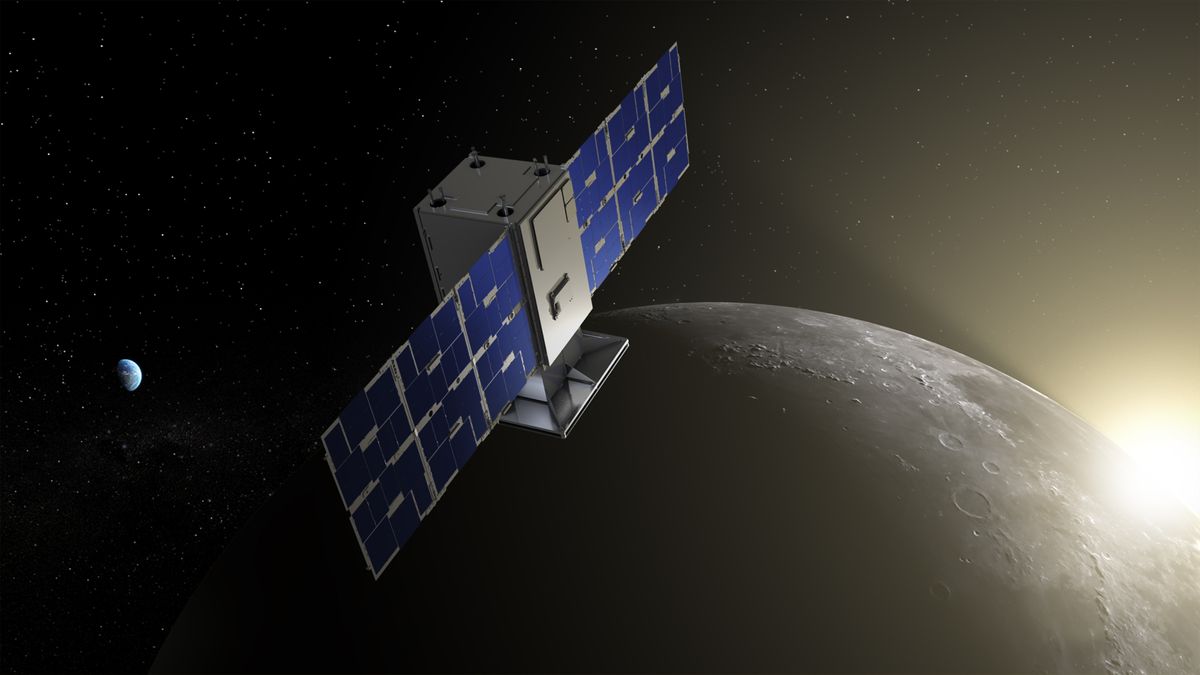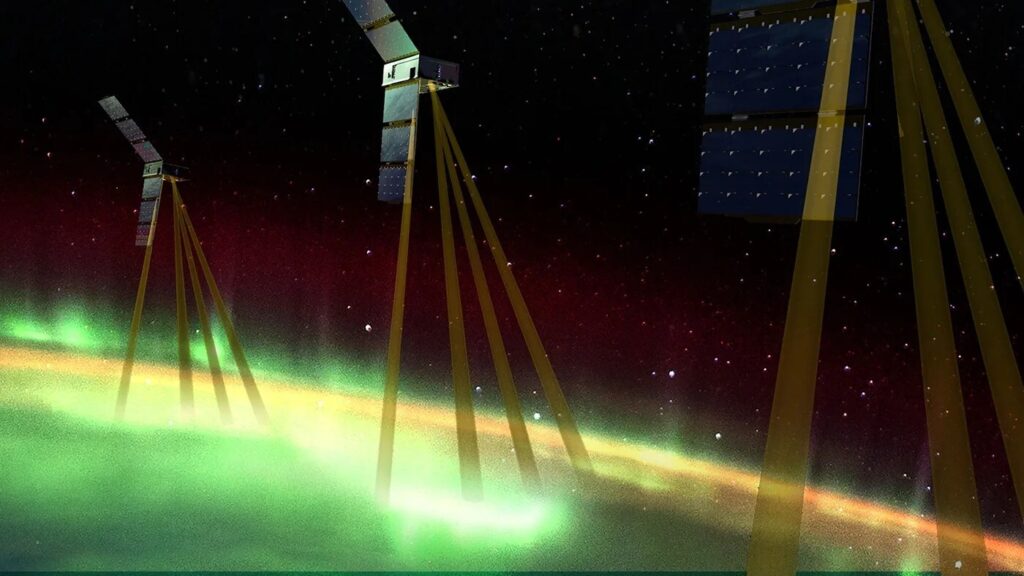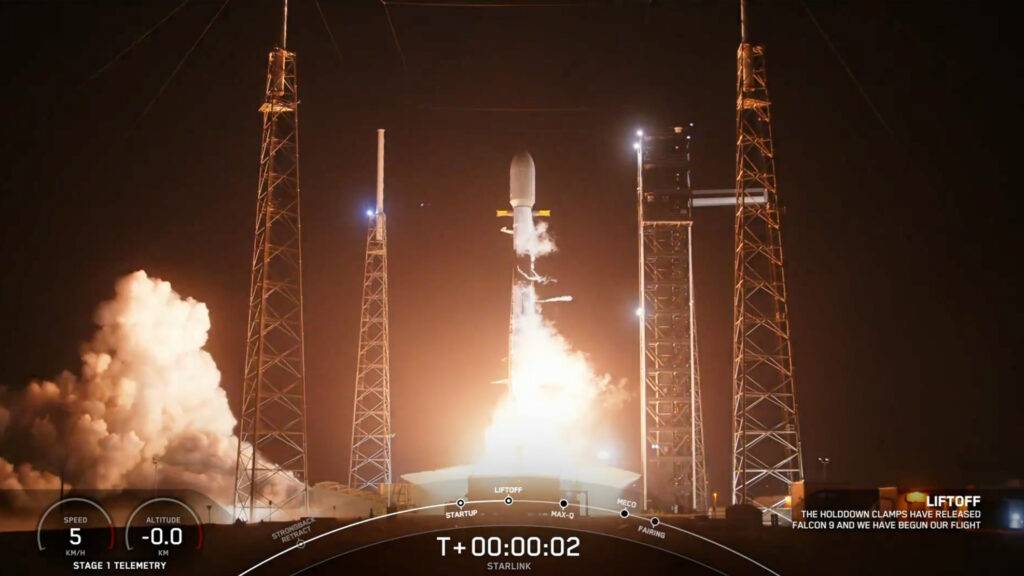
NASA’s little CAPSTONE spacecraft has hit another hurdle on its long road to the moon.
Toward the end of a major engine burn on Thursday evening (Sept. 8), the 55-pound (25 kilograms) CAPSTONE experienced an anomaly that put the probe in a protective “safe mode,” mission team members said.
The glitch “resulted in the vehicle attitude [orientation] rates growing beyond the capacity of the onboard reaction wheels to control and counter,” representatives of the Colorado company Advanced Space, which operates the CAPSTONE mission for NASA, wrote in an update on Monday (opens in new tab) (Sept. 12).
“The vehicle was attempting to communicate with the ground for approximately 24 hours before any telemetry was recovered,” they added. “At the point of recovery, the spacecraft was not in a stable configuration, it was not power positive and the system was experiencing periodic resets.”
Related: Why it’ll take NASA’s tiny CAPSTONE probe so long to reach the moon
CAPSTONE team members have been working around the clock since then to deal with the still-mysterious problem, according to the update, and they’ve made some progress. For example, the team has reconfigured the “operational state” of the spacecraft, helping to stabilize the situation. CAPSTONE is also now power positive, meaning its solar arrays are generating more energy than the probe is consuming.
The mission team continues working to diagnose the problem, “improve the thermal situation” of some of the spacecraft’s subsystems and prepare for a coming “detumble” operation.
“A successful detumble will result in the vehicle resuming control of its orientation, orienting the solar panels to the sun to fully charge the batteries of the power used during the detumble,” the update states. “The spacecraft will then orient to the ground and await further instructions. These recovery operations will be further evaluated over the coming days.”
CAPSTONE, which is about the size of a microwave oven, launched atop a Rocket Lab Electron booster on June 28. The spacecraft is headed to the moon — specifically, a lunar near rectilinear halo orbit (NRHO), the same one that will be used by NASA’s Gateway space station in the coming years.
CAPSTONE will verify the presumed stability of the NRHO ahead of the arrival of Gateway, which is a key part of NASA’s Artemis moon program. The cubesat will also conduct navigation and communications experiments, some of them in cooperation with NASA’s Lunar Reconnaissance Orbiter.
Related stories:
CAPSTONE’s journey is a long one; it’s not scheduled to reach its lunar destination until Nov. 13. Thursday’s engine burn helped keep it on target for that arrival date. Because Thursday’s anomaly occurred near the end of the maneuver, it appears CAPSTONE remains on its designated course, according to Monday’s update.
CAPSTONE has battled through an anomaly already: It went dark just after deploying from Rocket Lab’s Photon spacecraft bus on July 4. The mission team managed to fix that problem, which was caused by an improperly formatted command, a day later.
Mike Wall is the author of “Out There (opens in new tab)” (Grand Central Publishing, 2018; illustrated by Karl Tate), a book about the search for alien life. Follow him on Twitter @michaeldwall (opens in new tab). Follow us on Twitter @Spacedotcom (opens in new tab) or on Facebook (opens in new tab).



